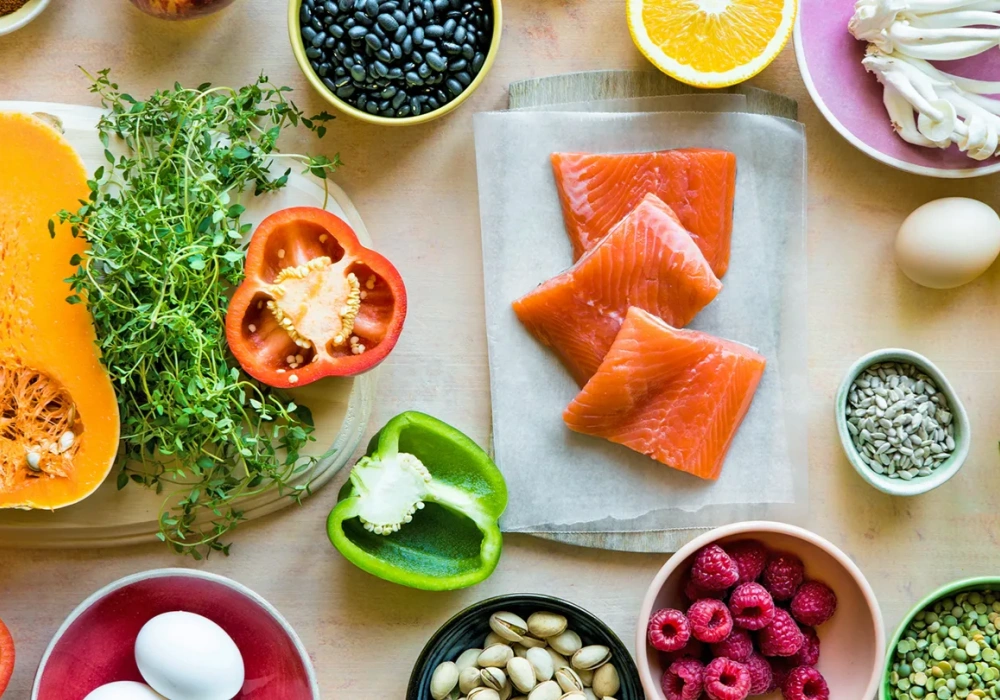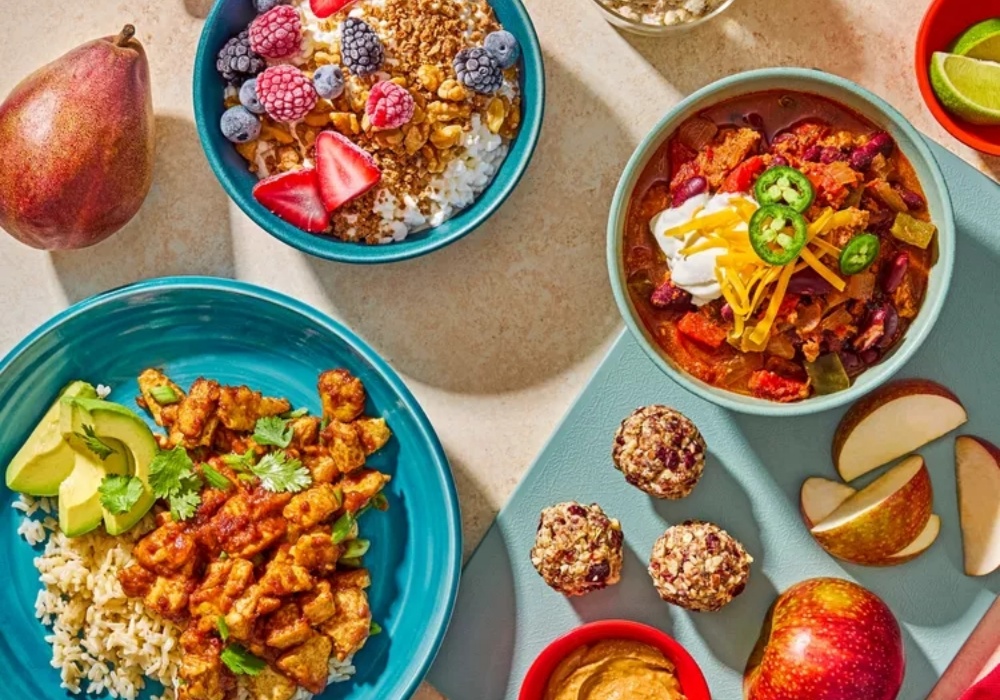Nutritional value refers to the content of specific nutrients in food, such as vitamins, minerals, proteins, carbohydrates, and fats. These nutrients are the building blocks of life, necessary for growth, repair, and overall health. One of the primary reasons why nutritional value matters is that it helps us meet our daily nutrient requirements. Each nutrient…
Author: HEalTH_7ynuhOICE
Knowing various culinary techniques can dramatically expand your cooking repertoire. Whether it’s sautéing, roasting, grilling, or braising, each technique imparts a unique flavor and texture to the food. By understanding when and how to use these techniques, you can unlock a whole new world of dishes to create. For instance, the art of sautéing allows…
One of the primary aspects of food safety is proper food handling. This includes washing your hands thoroughly before and after handling food, especially raw meat, poultry, and fish. It’s also important to clean your cooking surfaces and utensils regularly to avoid cross-contamination. Temperature control is another crucial part of food safety. Bacteria can multiply…
Local cuisine is a reflection of a region’s history, geography, and culture. It tells a story of the people and their relationship with the land. When you taste a traditional dish, you’re not just enjoying a meal, you’re partaking in a cultural experience. You’re connecting with the local people and their heritage in a meaningful…
First and foremost, the quality of the food is paramount. A good restaurant will use fresh, high-quality ingredients and skilled chefs to create delicious, flavorful dishes. The menu should offer a good variety, catering to different tastes and dietary restrictions. The ambiance of the restaurant is another important factor. The decor, lighting, music, and overall…
The first element is, of course, the food. Look for a menu that offers a variety of dishes and caters to different dietary preferences. The dishes should be well-prepared, with fresh ingredients and flavors that are balanced and pleasing to the palate. Presentation also matters, as we eat with our eyes first. The service is…
Superfoods are loaded with nutrients. They are packed with vitamins, minerals, and antioxidants, which are essential for optimal health. These nutrients help boost the immune system, promote heart health, and fight against aging. The high fiber content in many superfoods aids in digestion. Foods like chia seeds, quinoa, and avocados are rich in fiber, which…
Understanding the flavors of wine is a good starting point. Wines can be sweet, bitter, acidic, or tannic. The balance of these elements can influence how well a wine pairs with certain foods. For instance, sweet wines can balance out spicy dishes, while acidic wines can cut through rich, fatty foods. The weight of the…
Start by understanding the basic principles of food and drink pairing. The aim is to balance the flavors so that neither the food nor the drink overpowers the other. For instance, a robust, full-bodied wine would pair well with a rich, hearty meal, while a light, delicate wine would be better suited to a light,…
When selecting fruits, start with the senses. Ripe berries should be plump, firm, and free of mold or bruises; a sweet, fragrant aroma often signals ripeness, especially for strawberries or peaches. Citrus fruits like oranges or lemons should feel heavy for their size, with smooth, vibrant skin—avoid those with soft spots or dull coloring, which…










